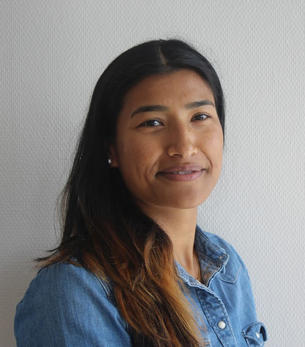 Summary
Summary
This PhD work presents the study of various image processing techniques conducted to process the high speed (slow motion) videos recorded during different gas explosion experiments. The experiments were conducted at University of South-Eastern, Norway and California Institute of Technology, USA. The developed image processing techniques find/track the position of shock wave generated during gas explosion experiment in the high speed videos.
The developed image processing techniques works step wise.
1. Image filtering to reduce unwanted noise in background,
2. Edge detection to find the wave front in the image.
3. Estimate wave properties like speed, pressure temperature etc.
The approach of studying gas dynamics using high speed imaging and image processing proved to be very informative. This approach in combination with gas dynamics equations enables to extract crucial information about the generated wave. The calculated wave properties demonstrate a detail variation that occurred within a time interval of 300 microseconds within a distance of 100 mm. This information is difficult to extract by using traditional approach of pressure readings and could be useful to make better process safety system.